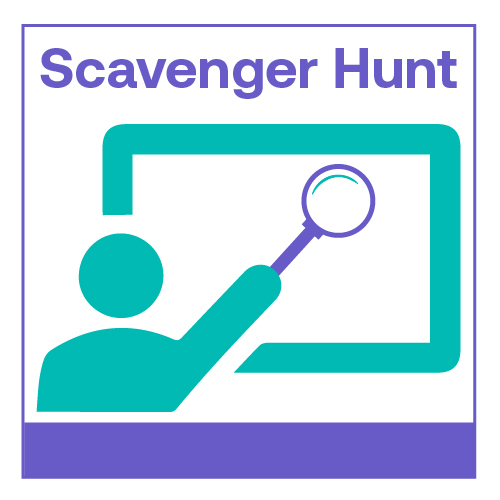
Assay Development and Screening
Rapid Identification of Novel Sirtuin-1 Inhibitors with AI-powered Reduction of Large Compound Libraries
- AG
Anastasiia Gryniukova, n/a
Head of High-throughput screening department
Enamine Ltd.
Kyiv, Kyyiv, Ukraine
Primary Author - November Poster(s)
A rapid and effective search for novel drug candidates still poses a massive challenge in drug discovery. Despite the advances in high-throughput screening (HTS) techniques, the development of new pharmaceuticals still emerges as the laborious and time-consuming stage of research programs. “Wet” screening has a number of limitations, such as the throughput of the assays, cost and commercial availability of compounds from the shelf. While artificial intelligence (AI) emerges as a powerful tool that helps to overcome bottlenecks of the HTS approach.
In the study, we selected Sirtuin-1 as a target since the enzyme is implicated in a number of vital cell processes. It removes acetyl groups from various proteins using nicotinamide adenosine dinucleotide (NAD). Hence, not only reversing one of the major post-translational protein modifications important for various cellular functions such as chromatin remodeling, nuclear transport, and actin nucleation but also interfering with metabolic processes and energy homeostasis. As one of seven members of the sirtuin family, Sirtuin-1 was specifically shown to be relevant for protein tyrosine phosphatase 1B, a negative regulator of the insulin signaling cascade, and p53 regulation, amongst others. It is therefore not surprising that Sirtuin-1 is involved in obesity-induced diabetes, aging-associated diseases, and cancer.
A plethora of information is available that concerns the different possibilities to inhibit and regulate Sirtuin-1, including a challenge which has as its target to determine novel and specific inhibitors to Sirtuin-1 hard, but not impossible. In the current study, we present how productive collaboration between Enamine/Bienta Ltd. and PharmAI has allowed us to discover novel Sirtuin-1 inhibitors. Enamine’s world largest chemical space, e.g. the Enamine REAL space and powerful high-throughput screening platform in collaboration with the state-of-art DiscoveryEngine allowed to identify the “needle in the haystack” within a limited timeframe with a much higher success rate compared to traditional approaches.
 View Leader Board
View Leader Board
SLAS Events

1st Prize - Comp Reg + Hotel/Airfare to SLAS2023 in San Diego
2nd Prize - $50 Starbucks Gift Card
3Rd Prize - $25 AMEX Gift Card
Keep an eye on the leader boards to see who’s at the TOP. Winners will be announced after SLAS2022.
Each participating poster in the exhibit hall will have a QR code next to it. For virtual participants, look for the scavenger hunt icon for participating posters.
